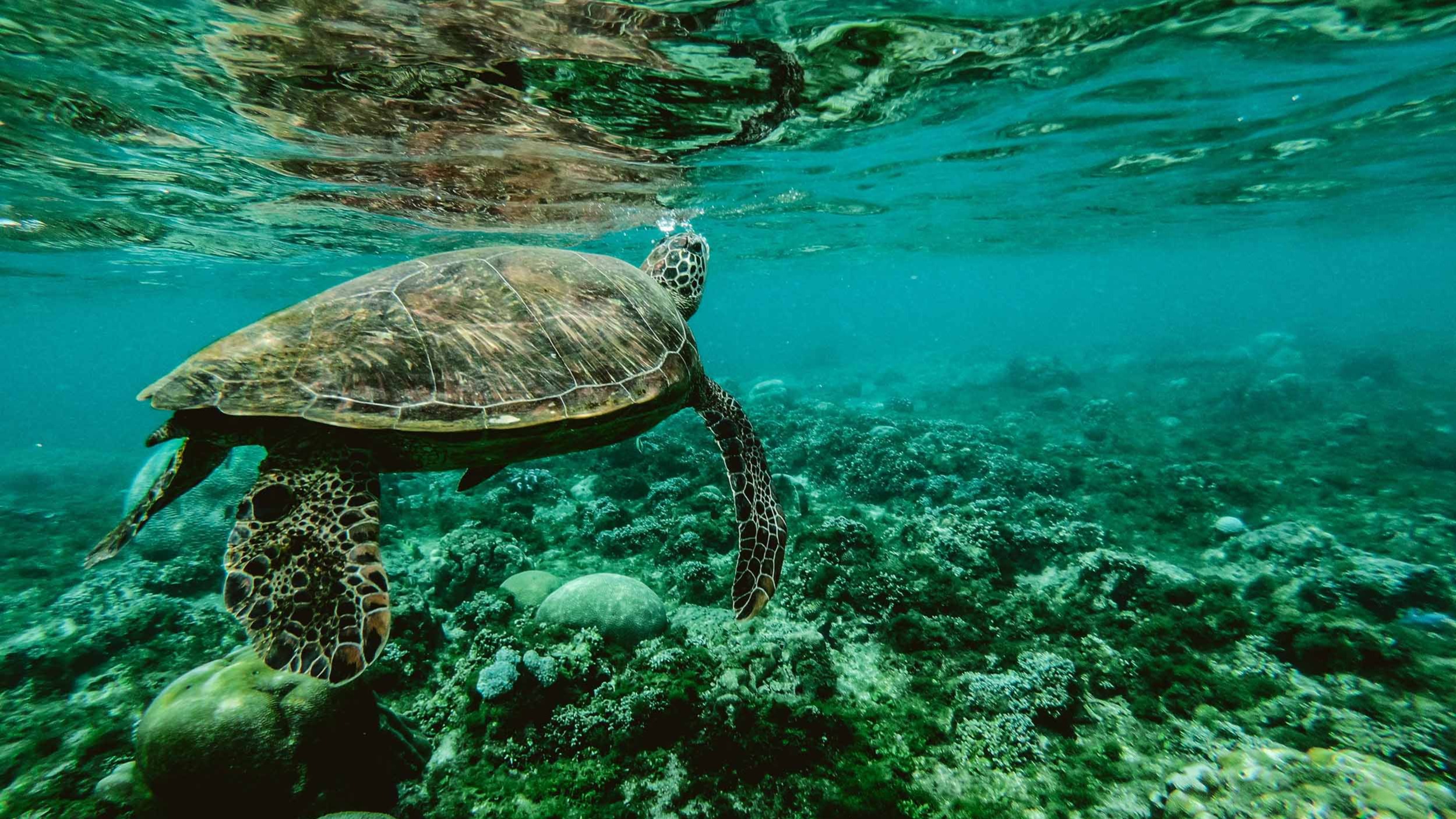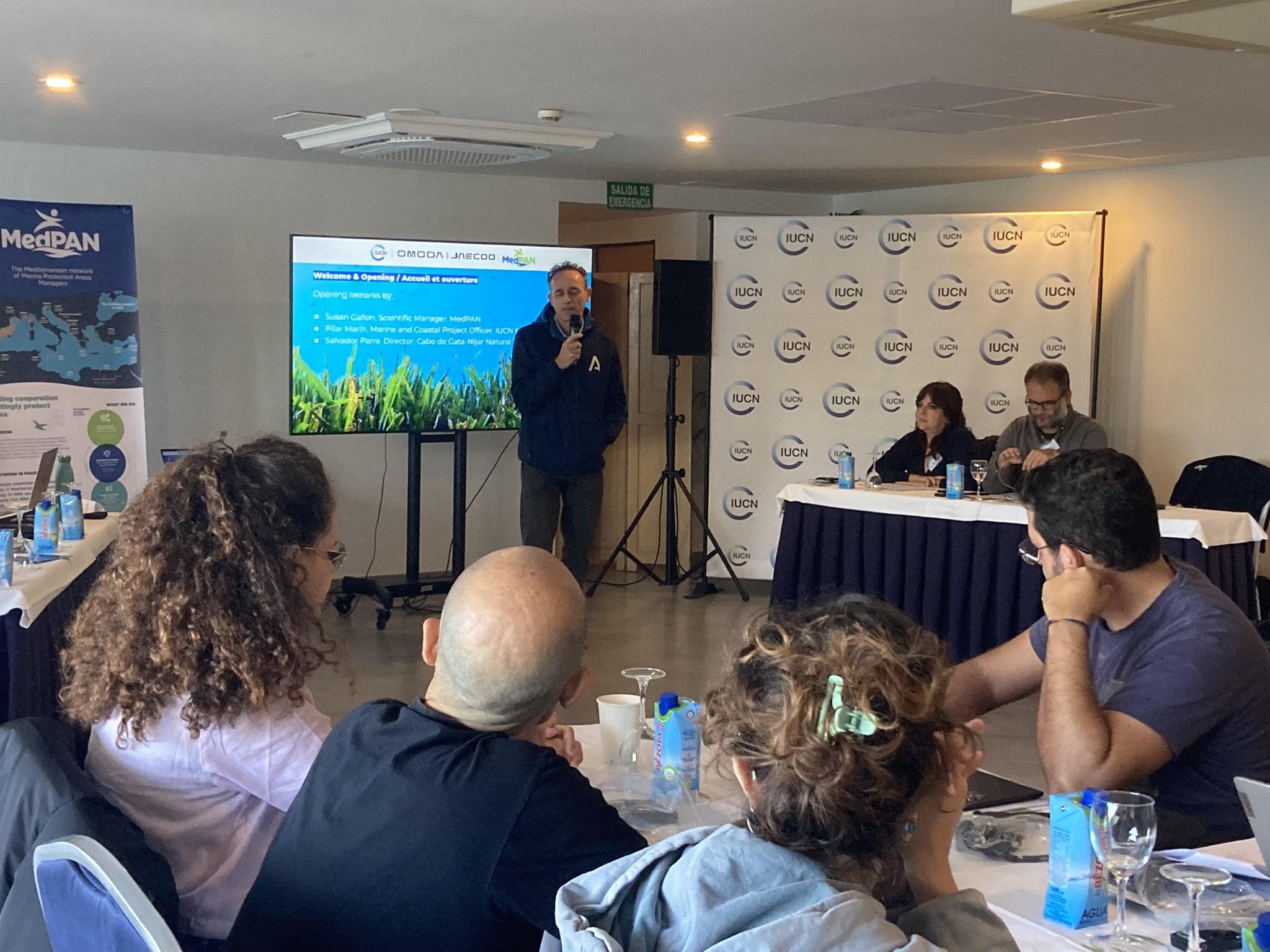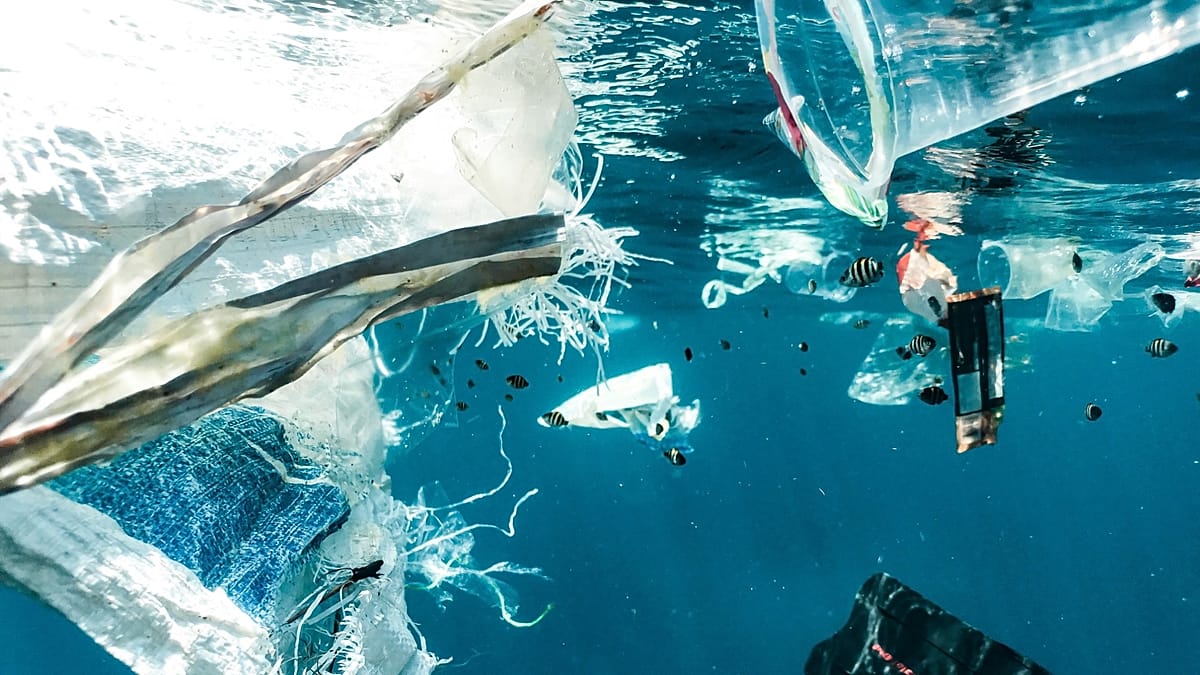Rapid Needs Assessment for Ecosystem-Based Adaptation: Municipalities of Grand Boucan, Cayemites Islands, and Corail, Haiti (November 2025) – ReliefWeb

Joint Rapid Needs Assessment Report: Baradères-Cayemites, Haiti
Introduction and Alignment with Sustainable Development Goals (SDGs)
In November 2024, a joint rapid needs assessment was conducted by CORE (Community Organized Relief Effort) and GOAL in Haiti’s Baradères-Cayemites Marine and Coastal Protected Area, covering the municipalities of Grand Boucan, Cayemites Islands, and Corail. The assessment, involving 188 participants from diverse community groups, aimed to understand local priorities and challenges to inform future programming. This initiative directly supports SDG 17 (Partnerships for the Goals) by fostering collaboration to address complex development issues. The findings and recommendations are framed to guide interventions that advance ecosystem restoration and build resilient livelihoods in line with the 2030 Agenda for Sustainable Development.
Key Findings: Challenges to Sustainable Development
-
Accelerated Environmental Degradation (SDG 13, SDG 14, SDG 15): The assessment identified severe and accelerating degradation of marine and coastal environments. This directly threatens the achievement of SDG 14 (Life Below Water) and SDG 15 (Life on Land). Key drivers include:
- Intensifying coastal erosion due to deforestation and unregulated development.
- Declining marine biodiversity from overfishing, coral reef exploitation, and mangrove loss.
- These factors increase community vulnerability to climate-related hazards, undermining progress on SDG 13 (Climate Action).
-
Threatened Livelihoods and Food Security (SDG 1, SDG 2, SDG 8): Traditional livelihoods in fisheries and agriculture are increasingly unsustainable, jeopardizing SDG 1 (No Poverty) and SDG 2 (Zero Hunger). Major challenges include:
- Limited access to appropriate fishing equipment, agricultural inputs, technical training, and financial resources.
- Environmental pressures, such as declining fish stocks and degraded farmland, making traditional practices unviable.
- A lack of awareness of sustainable practices, which hinders the promotion of SDG 8 (Decent Work and Economic Growth).
-
Structural Barriers to Gender Equality (SDG 5, SDG 10): Women are central to local food production, trade, and artisanal work, yet they face significant structural barriers. This inequality is a critical obstacle to achieving SDG 5 (Gender Equality) and SDG 10 (Reduced Inequalities). Women have limited access to:
- Technical training and skills development.
- Financial resources and services.
- Social and economic empowerment opportunities.
-
Under-resourced Local Climate Initiatives (SDG 11, SDG 13): While local climate response efforts exist, they are critically under-resourced, which hampers the ability to build sustainable and resilient communities as envisioned in SDG 11 (Sustainable Cities and Communities) and SDG 13 (Climate Action). These initiatives, including environmental education and mangrove nurseries, face major constraints such as:
- Limited funding and investment.
- Low public awareness.
- Difficulties in mobilizing community participation.
Recommendations for Achieving the SDGs
1. Environmental Stewardship and Climate Action (SDG 13, SDG 14, SDG 15)
- Implement widespread environmental education to foster community-led conservation.
- Enforce strict and updated fishing regulations to restore marine biodiversity and support sustainable fisheries.
- Strengthen and diversify livelihoods to reduce pressure on natural resources.
2. Promoting Decent Work and Economic Growth (SDG 1, SDG 8)
- Provide targeted training on sustainable practices, including deep-sea fishing techniques, marine ecosystem management, and modern, sustainable farming with crop diversification.
- Strengthen local market systems by establishing and supporting fishing and farmer associations and cooperatives.
- Develop key infrastructure, such as seafood conservation and storage structures, to improve market access.
- Create diversified livelihood opportunities, particularly for youth, through:
- Development of ecotourism grounded in environmental education.
- Promotion of beekeeping and handicrafts with secured market linkages.
- Vocational training in fishing equipment repair, refrigeration, and solar system installation.
3. Advancing Gender Equality (SDG 5)
- Expand gender-responsive and gender-transformative programs to ensure women’s full economic participation.
- Provide direct support to women’s groups, including savings and loan associations.
- Empower women entrepreneurs through business training, grants, financial linkages, and coaching.
- Conduct community-wide awareness campaigns on gender equality and Gender-Based Violence (GBV) prevention, with a focus on engaging men and boys.
4. Strengthening Partnerships and Institutions (SDG 13, SDG 17)
- Increase investment and resource allocation for local climate response initiatives.
- Ensure the inclusive engagement of all community members, especially marginalized groups, in the design and execution of environmental and economic programs.
- Foster stronger partnerships between local communities, authorities, and development organizations to sustain and expand successful interventions.
Analysis of Sustainable Development Goals in the Article
1. Which SDGs are addressed or connected to the issues highlighted in the article?
The article on the rapid needs assessment in Haiti’s Baradères-Cayemites Marine and Coastal Protected Area addresses several interconnected Sustainable Development Goals (SDGs). The analysis highlights challenges and recommendations that directly align with the following goals:
- SDG 1 (No Poverty): The focus on strengthening and diversifying livelihoods for vulnerable communities whose traditional incomes from fishing and agriculture are at risk directly relates to eradicating poverty.
- SDG 2 (Zero Hunger): The article discusses risks to food production, including declining fish stocks and degraded farmland, and recommends interventions to create sustainable food systems.
- SDG 5 (Gender Equality): A key finding is dedicated to the structural barriers women face despite their central role in livelihoods, calling for gender-responsive programs to improve their economic opportunities and empowerment.
- SDG 8 (Decent Work and Economic Growth): The need to diversify livelihoods through ecotourism, vocational training for youth, and strengthening local market systems connects to promoting sustained, inclusive, and sustainable economic growth.
- SDG 13 (Climate Action): The article discusses the impacts of environmental degradation, such as coastal erosion, and the need to support under-resourced local climate response efforts like ecosystem restoration.
- SDG 14 (Life Below Water): This is a central theme, with direct mentions of declining marine biodiversity, overfishing, coral reef exploitation, and mangrove loss within a Marine and Coastal Protected Area.
- SDG 15 (Life on Land): The issue of deforestation contributing to coastal erosion connects the article to the goal of protecting terrestrial ecosystems.
2. What specific targets under those SDGs can be identified based on the article’s content?
Based on the challenges and recommendations outlined, several specific SDG targets can be identified:
- Target 1.5: By 2030, build the resilience of the poor and those in vulnerable situations and reduce their exposure and vulnerability to climate-related extreme events and other economic, social and environmental shocks and disasters. This is reflected in the recommendation to strengthen and diversify livelihoods to make communities less susceptible to environmental pressures.
- Target 2.4: By 2030, ensure sustainable food production systems and implement resilient agricultural practices that increase productivity and production. The call for training in modern, sustainable farming and crop diversification directly supports this target.
- Target 5.a: Undertake reforms to give women equal rights to economic resources, as well as access to ownership and control over land and other forms of property, financial services, inheritance and natural resources. The recommendation to support women entrepreneurs with grants, business training, and linkages to financial services aligns with this target.
- Target 8.9: By 2030, devise and implement policies to promote sustainable tourism that creates jobs and promotes local culture and products. The suggestion to develop ecotourism is a direct link to this target.
- Target 13.1: Strengthen resilience and adaptive capacity to climate-related hazards and natural disasters in all countries. The article’s focus on addressing coastal erosion and supporting local climate response efforts like ecosystem restoration is relevant here.
- Target 14.2: By 2020, sustainably manage and protect marine and coastal ecosystems to avoid significant adverse impacts. The entire context of the assessment within a Marine and Coastal Protected Area and the finding of accelerating environmental degradation points to this target.
- Target 14.4: By 2020, effectively regulate harvesting and end overfishing, illegal, unreported and unregulated fishing and destructive fishing practices. The recommendation for “enforcement of strict and updated fishing regulations” and training on sustainable fishing techniques directly addresses this.
- Target 15.2: By 2020, promote the implementation of sustainable management of all types of forests, halt deforestation, restore degraded forests and substantially increase afforestation and reforestation globally. The mention of deforestation as a cause of coastal erosion connects to this target.
3. Are there any indicators mentioned or implied in the article that can be used to measure progress towards the identified targets?
The article does not mention official SDG indicators, but it implies several practical metrics that could be used to measure progress on the recommended interventions:
- For Gender Equality (SDG 5): Progress could be measured by the number of women receiving business training and grants, the number of women’s savings and loan associations established or supported, and the number of men and boys participating in gender equality awareness training.
- For Decent Work (SDG 8): Progress could be tracked by the number of youth who receive vocational training in areas like fishing equipment repair or solar system installation, and the establishment and success of new ecotourism ventures.
- For Climate Action (SDG 13): Indicators could include the amount of investment directed towards local climate initiatives and the number of community members reached through environmental education programs.
- For Life Below Water (SDG 14): Progress could be measured by the number of fishers trained in sustainable techniques, the successful implementation of updated fishing regulations, and the area of mangrove nurseries established or restored.
- For Life on Land (SDG 15): An implied indicator is the rate of deforestation in the coastal areas, with a goal of reducing it.
4. Table of SDGs, Targets, and Indicators
| SDGs | Targets | Indicators (Implied from Article) |
|---|---|---|
| SDG 1: No Poverty | 1.5: Build the resilience of the poor and those in vulnerable situations. | Number of community members engaged in diversified livelihoods (e.g., beekeeping, handicrafts, ecotourism). |
| SDG 2: Zero Hunger | 2.4: Ensure sustainable food production systems and implement resilient agricultural practices. | Number of farmers trained in modern, sustainable farming and crop diversification. |
| SDG 5: Gender Equality | 5.a: Undertake reforms to give women equal rights to economic resources… and financial services. | Number of women entrepreneurs supported through training, grants, and financial services; number of women’s savings and loan associations supported. |
| SDG 8: Decent Work and Economic Growth | 8.9: Devise and implement policies to promote sustainable tourism. | Development and implementation of ecotourism projects grounded in environmental education. |
| SDG 13: Climate Action | 13.1: Strengthen resilience and adaptive capacity to climate-related hazards. | Level of investment in local climate response efforts; number of ecosystem restoration projects (e.g., mangrove nurseries) initiated. |
| SDG 14: Life Below Water | 14.4: Effectively regulate harvesting and end overfishing. | Implementation and enforcement of updated fishing regulations; number of fishers trained in sustainable and deep-sea fishing techniques. |
| SDG 15: Life on Land | 15.2: Promote the implementation of sustainable management of all types of forests, halt deforestation. | Reduction in the rate of deforestation in coastal areas. |
Source: reliefweb.int
What is Your Reaction?
 Like
0
Like
0
 Dislike
0
Dislike
0
 Love
0
Love
0
 Funny
0
Funny
0
 Angry
0
Angry
0
 Sad
0
Sad
0
 Wow
0
Wow
0














































































